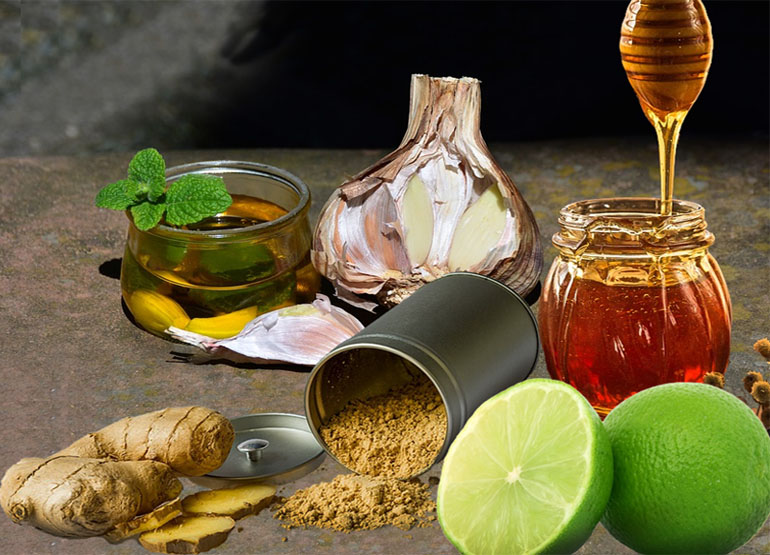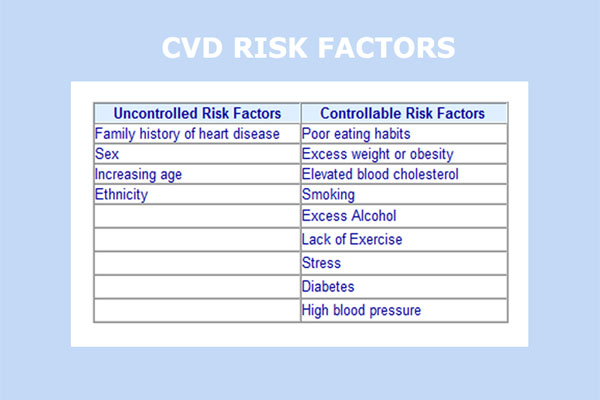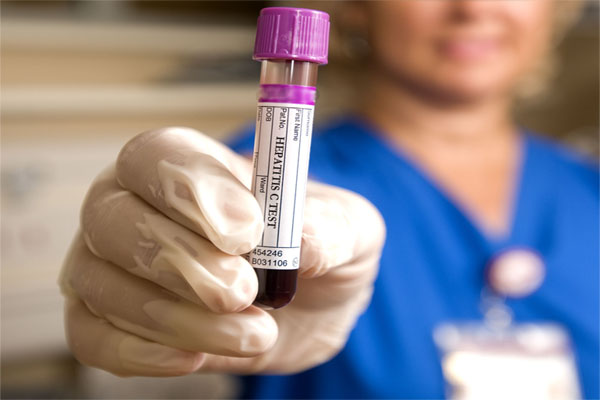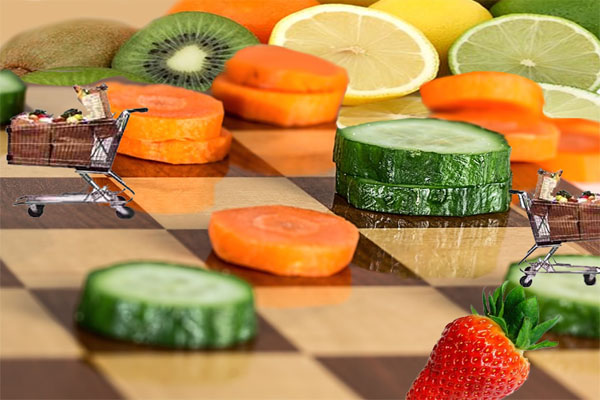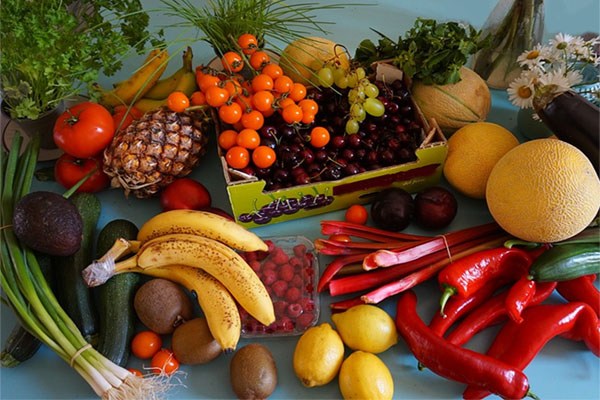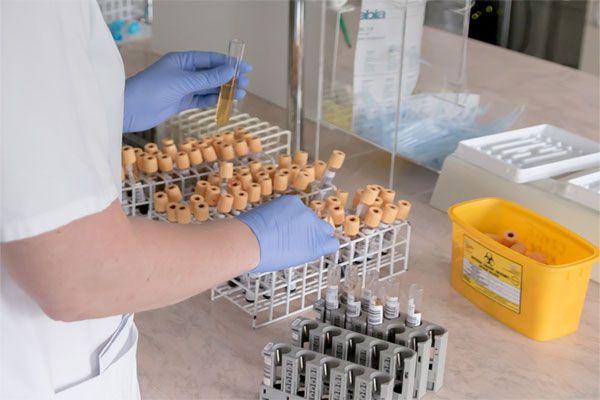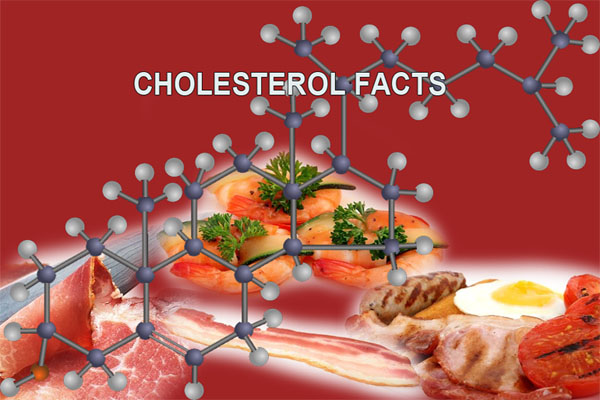Health Pages
Functional Foods
Functional Foods
TURN YOUR GARDEN INTO A PHARMACY AND
YOUR KITCHEN INTO A FIRST AID CENTER!
Functional foods are the forefront of healthy nutrition. They are defined as any food or food ingredient that contain not only recognized nutrient(s) but also a health benefit beyond the traditional nutrient it contains. Functional foods are similar to a conventional food and play an important role in regular and healthy diet. As part of a routine diet, they might prevent some chronic diseases. Examples of functional foods include: cherries (beleived to be effective remedy for arthritis and to reduce levels of uric acid); garlic (used to prevent high blood pressure, high cholesterol, heart disease, respiratory infections, colds, intestinal worms and gastrointestinal ailments); ginger (used for nausea, indigestion, coughs and arthritis); foods high in dietery fibre (prevent constipation and lower cholesterol; olive oil (beleived to prevent heart disease); honey (used as remedy for sore throat, inflamations and minor skin wounds).
Other functional foods are those that contain not only recognized nutrients but also new enhanced elements that impart medicine-like properties to the food. Good examples are foods enriched with folic acid like cereals, bars, juice, yogurt, or eggs enriched with omega-3 fatty acids.
Various subclasses of functional foods also exist, such as nutraceuticals that are commonly sold in forms appearing more like medications (for example capsules or pills) and probiotics (or foods that improve microbial flora that reside within the human digestive tract) which support gastrointestinal health and boost immunity.
In addition, foods that contain functional components like phytochemicals (naturally occurring substances found in plants that provide plants with color, odor and flavor) such as carotenoids (from vegetables and fruits such as carrots, tomatoes, dark green leafy vegetables, sweet potatoes, apricots, plums), sulforaphanes (from cruciferous vegetables such as broccoli, Brussels sprouts, and cabbages), polyphenols (from onions and garlic) are believed to block carcinogens from entering cells (cancer protective), and others may function as antioxidants or have some other health benefits (for example sulforaphanes and apigenin provide heart protection, lutein reduces blindness in the elderly, zeaxanthin enhances immune function).
Did You Know?
Note: Shelfish such as lobster and shrimp can trigger inflammation and are best avoided.
Note: Curcumin is contraindicated if you are taking anticoagulants and suffer from obstructive gallbladder disease. Curcumin also increases your sensitivity to the sun, so it is advisable to avoid long periods in strong sunlight.
A compound formed naturally in the stomach's juices during digestion is believed to be a factor in gastric cancers. This is especially true among people who eat processed rather than fresh foods. In a Chinese study, researchers gave people two grams of a powder made from dried orange peel after each meal. The powder lowered the amount of these toxic compounds by 53 % in those with healthy stomachs and by 62 % in those who already had gastric cancer.
Learn More:
 Acai Berry - The Number One Supper Food...
Acai Berry - The Number One Supper Food...
 Antioxidants - Protecting You from Free Radicals
Antioxidants - Protecting You from Free Radicals
 Protect Your Health
Protect Your Health
 Feel Better & Stay Healthy
Feel Better & Stay Healthy
 Proper Nutrition
Proper Nutrition
 Cholesterol and You
Cholesterol and You
 About Fats
About Fats
 Arthritis
Arthritis
 Diabetes
Diabetes
 Coenzyme Q10
Coenzyme Q10
 CVD Disease Risk Factors
CVD Disease Risk Factors
 Alcoholism & Treatments
Alcoholism & Treatments
RomWell Health Pages - Disclaimer
Our pages are created to provide medically accurate information that is intended to complement, not replace or substitute in any way the services of your physician. Any application of the recommendations set forth in the following pages is at the reader's discretion and sole risk. Before undergoing medical treatment, you should consult with your doctor, who can best assess your individual needs, symptoms and treatment.Browse Health Pages
It doesn't take much to start living healthier life...

